Transitioning from outdoor to indoor gardening in the winter presents distinct challenges; for instance, the reduced availability of natural light can adversely threaten plant health and growth. However, using grow lights for plants effectively addresses this limitation, providing them with the essential energy needed for photosynthesis.
The Role of Light in Plant Health
The extremely complex biochemical processes that occur within plant tissue involve the absorption of light. This energy is then synthesized by the process known as photosynthesis into manufactured sugars and proteins to provide all of a plant's needs for growth, reproduction, and any related biological demands. In natural settings, sunlight is more than adequate for these tasks. When a plant is placed indoors, however, it must depend upon artificial light for all its energy needs.
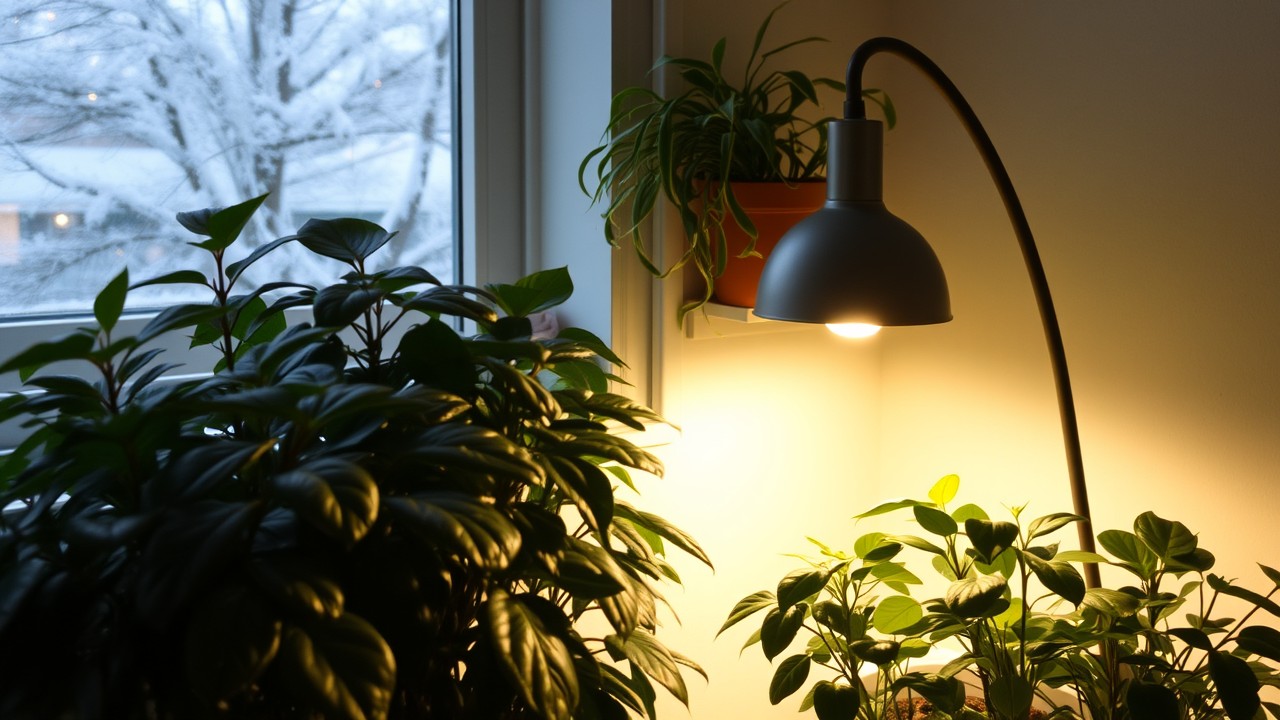
Different Types of Grow Lights
The exploration of grow lights for plants reveals three primary types that can greatly elevate indoor gardening success: incandescent grow lights, fluorescent grow lights, and LED grow lights. Understanding the distinct attributes of each category, alongside their respective benefits and drawbacks, you will be empowered to select the most fitting option to optimize your gardening endeavors.
Incandescent Grow Lights
Often lauded for their affordability, incandescent lights represent a practical choice, particularly for novices or those constrained by budget. The problem is that they put out a lot of dangerous heat, and they don’t cover a very large area with their light. In terms of lumens per watt, incandescent lights are the least efficient of the plant grow lights, so use these only for small plants.
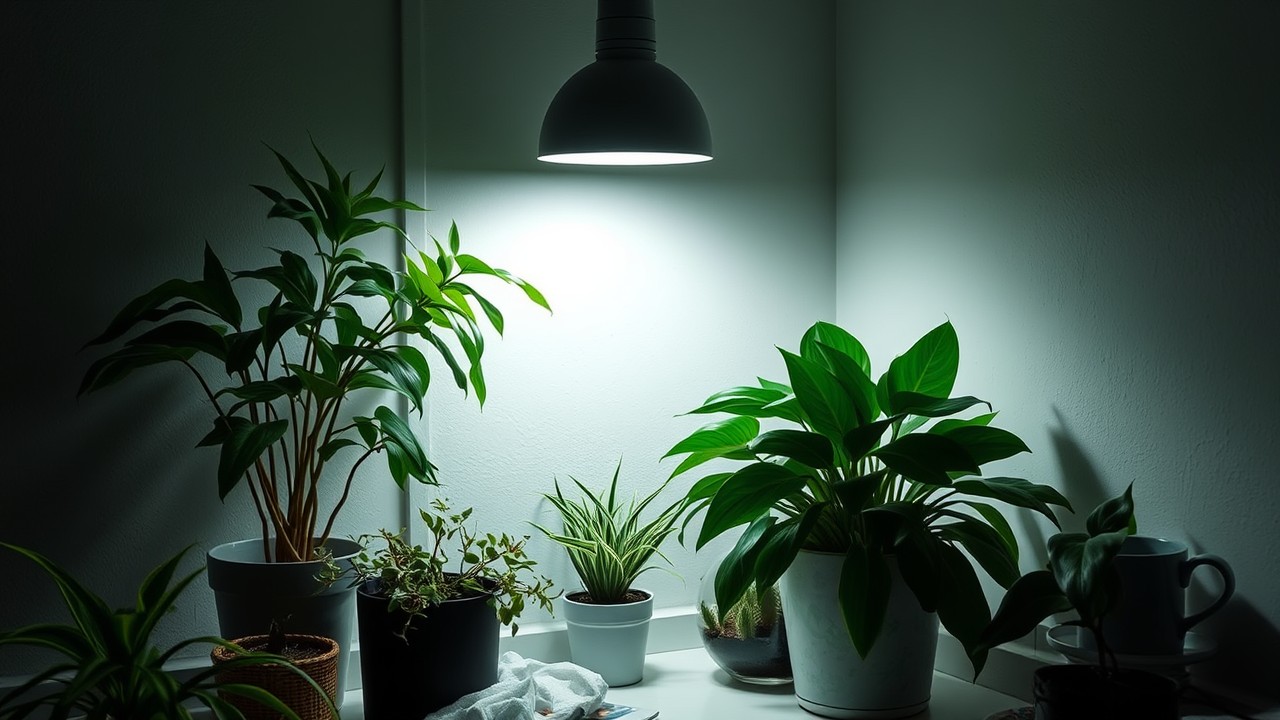
Fluorescent Grow Lights
Renowned for their cooler operation, fluorescent lights offer a safer alternative for environments populated by children or pets. Their capacity to emit a broader light spectrum compared to incandescent variants can positively influence the growth of leafy greens, employing a good balance of blue and red light. Yet, they may falter in effectiveness when it comes to encouraging flowering and fruiting, often resulting in less than stellar performance for certain varieties.
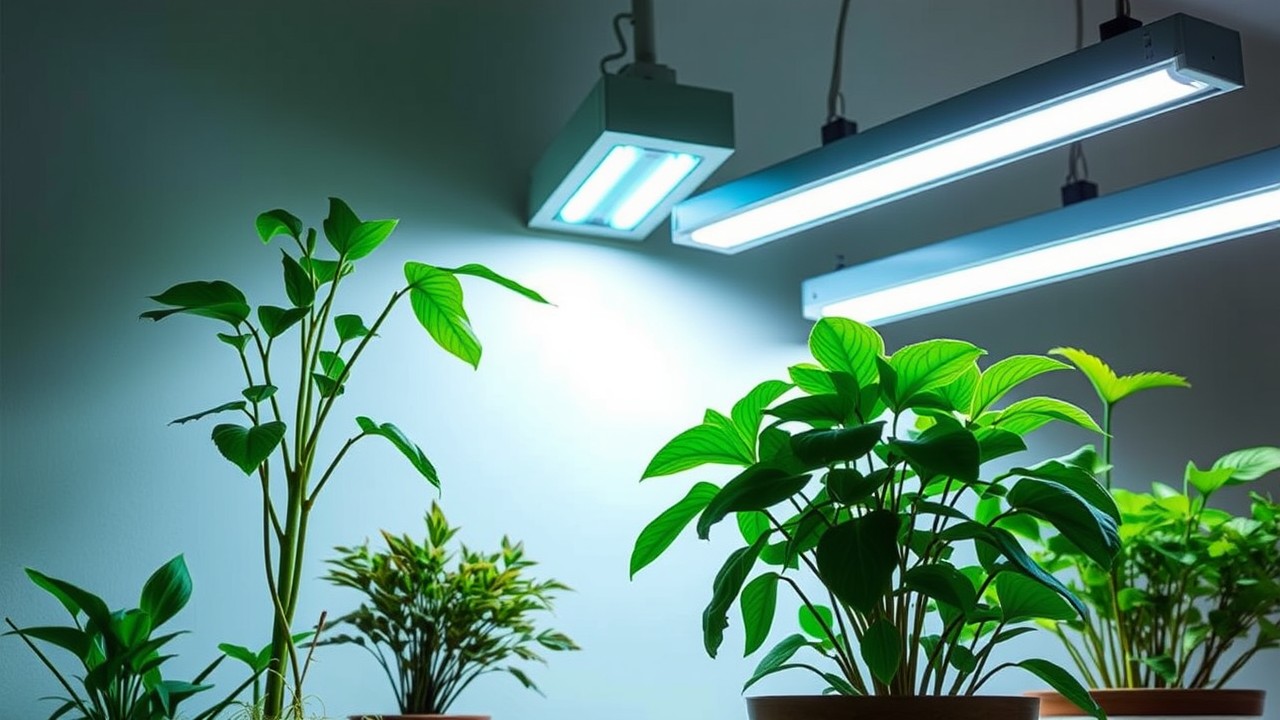
LED Grow Lights
Regarded as the premier choice among all grow lights for plants, LEDs boast an exceptional lifespan and provide a full spectrum of light that nurtures not only foliage but also blossoms and fruits. Although they demand a higher upfront investment, their effectiveness can yield extraordinary results across a diverse range of indoor plants. LED lights represent the safest choice for houseplants, as they emit minimal heat.
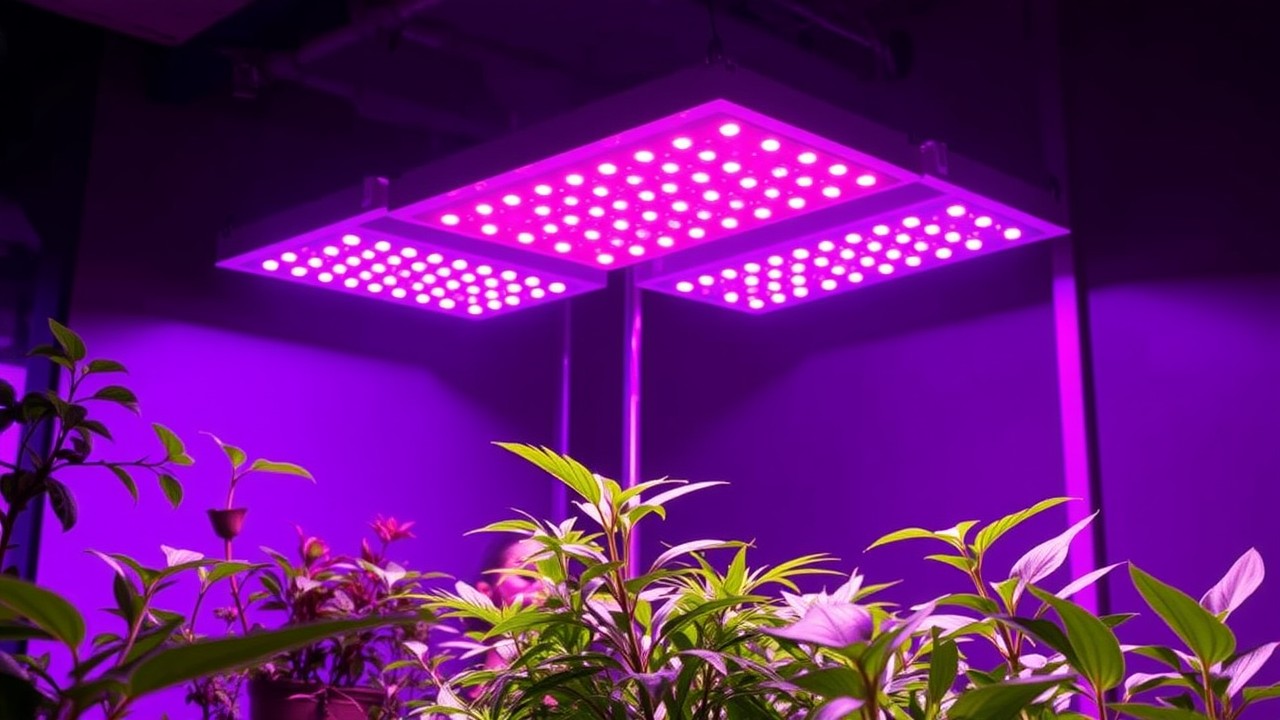
Why Grow Light Colors Matter
When selecting grow lights for plants, it's essential to understand that different wavelengths of light serve varied purposes in plant growth. The most common grow light options are blue, red, and full-spectrum bulbs. Red light significantly influences the processes of flowering and fruiting, while blue light primarily enhances overall vegetative growth. These light colors are particularly effective as supplementary options for indoor cultivation of seedlings, herbs, and vegetables.
For leafy green houseplants, however, a full-spectrum white bulb is generally the optimal choice. These bulbs emit a comprehensive spectrum of light wavelengths necessary for the health and development of plants, effectively replicating natural sunlight. This full-spectrum approach not only enhances plant growth but also contributes to a more aesthetically pleasing indoor environment, avoiding the harsh red or purple hues found in other grow lights.
How to Utilize Grow Lights
Whether you are a vegetable, herb, or flower gardener, a good grow light system will help you set a steady planting schedule for indoor gardening from early spring through late winter.
Maximizing Seedling Development
Many indoor spaces, even those with a south-facing window, often fail to provide adequate lighting for the robust development of seedlings. To combat the emergence of leggy plants, it is advisable to cultivate seedlings beneath artificial lighting, such as standard shop lights equipped with fluorescent grow lights or energy-efficient LED grow lights. These vibrant light sources emit a balanced spectrum of blue and red wavelengths, integral to promoting optimal plant growth. Seek out bulbs labeled as "full-spectrum," as these will offer the ideal light spectrum for plants.
Enhancing Houseplants and Herbs
Illuminating your cherished houseplants, such as the delicate African violet, with grow lights can significantly encourage blooming beyond what natural indoor light can achieve. Similarly, employing artificial lighting can enhance the yields of culinary herbs like basil and parsley, which thrive indoors throughout the lengthy winter gardening months. Red light wavelengths are particularly effective in stimulating flowering and fruit production for both houseplants and edible varieties. It is advisable to select a light source that emits an abundance of rich red wavelengths.
Grow Light Duration
Optimal lighting durations vary by plant species in indoor gardening. Continuous 24-hour light is ineffective. The balance of light and darkness is essential for numerous biological processes, impacting growth rates and the timing of budding and fruiting. Utilizing a power strip with a timer aids in effectively managing light cycles.
Short-day plants, such as chrysanthemums, kalanchoe, azaleas, and begonias, thrive with less than 12 hours of light daily. These plants require a series of shorter days to initiate budding and flowering. In comparison, long-day plants necessitate 14 to 18 hours of light daily. A variety of seedlings, especially those intended for vegetable gardens and flowerbeds, fall into this category. A lack of adequate light results in weak, pale growth, which signifies their difficulty in obtaining sufficient light. Day-neutral plants, including geraniums, coleus, and African violets, thrive on 8 to 12 hours of light year-round. Recognizing these distinctions improves plant vitality and enriches the overall experience of indoor gardening.
Grow Light Distance
To ensure the effective use of artificial lighting in indoor gardening, it is necessary to position the lights close to the plants. By keeping the lamps in proximity to the plants, the amount of light received is maximized, which helps in maintaining compact seedlings, thereby avoiding the development of long and weak stems. Ideally, lights should be placed approximately 6 inches above the transplants, with the lights being elevated as the plants grow to sustain this 6-inch distance between the light source and the plants. Many self-contained indoor gardening systems feature grow lights that are automatically regulated.
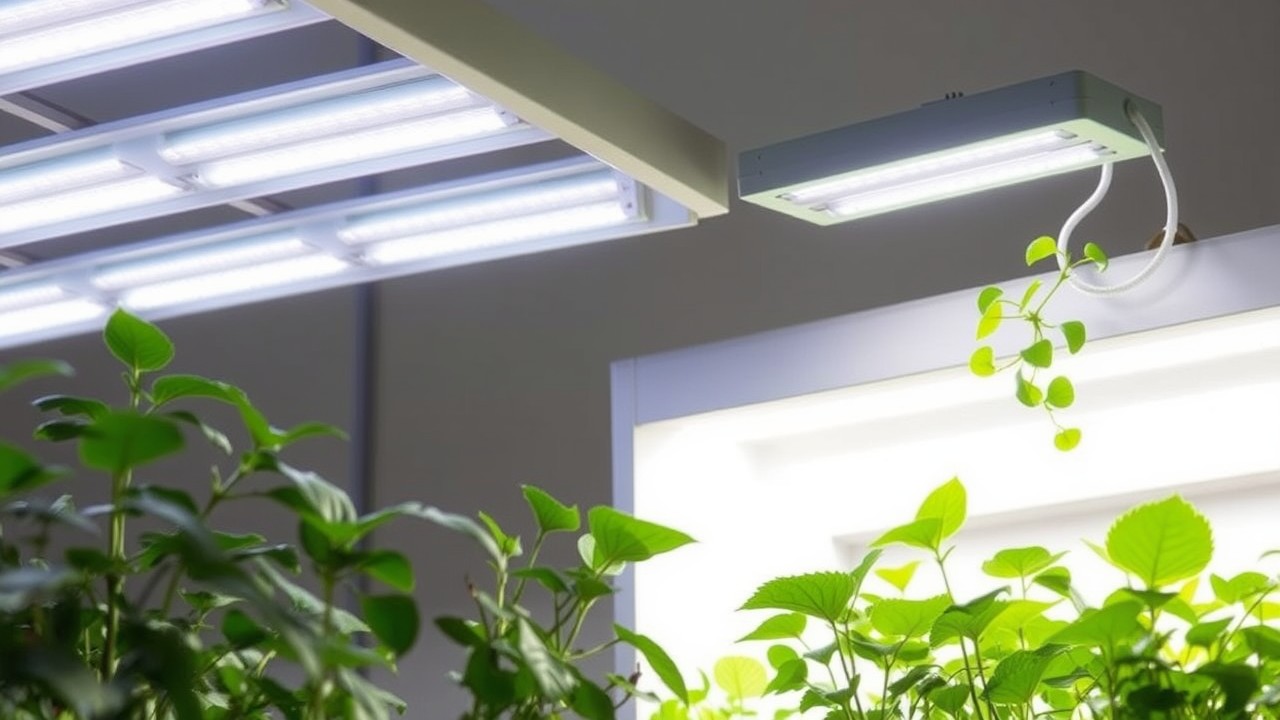
Conclusion
Indoor gardening has become more accessible. Grow lights for plants enable the cultivation of diverse plant varieties in various climates throughout the year. These lights are specifically engineered to replace natural sunlight, promoting photosynthesis and delivering the appropriate light spectrum for plants. With suitable fixtures or bulbs, it is possible to produce fresh tomatoes in the winter months or cultivate high-quality violets all year long.
👇Other topics you might care about:
1. Celebrating Nature Indoors: Highlights from National Indoor Plant Week - Part 1
2. Greenhouse vs. Indoor Gardening: The Ultimate Winter Growing Guide







